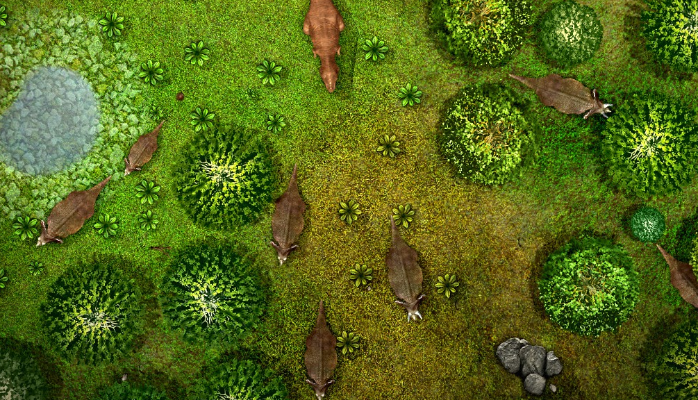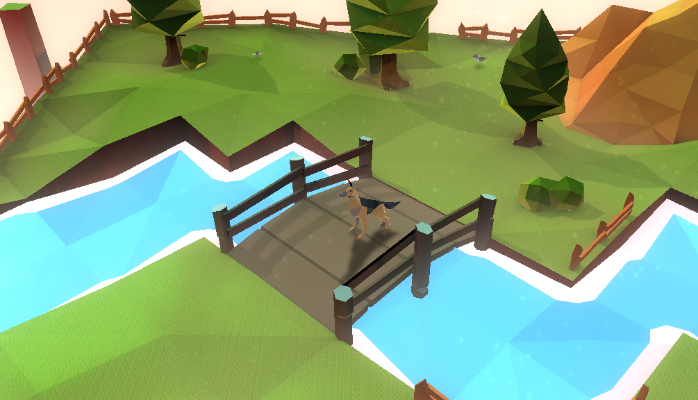Below is an excerpted collection of game development tips from Daniel Doan, Co-Founder of Black Shell Media. Enjoy!
How to Actually Finish Your Indie Game Projects
Finishing anything is hard. Finishing the development of video games? Twice as hard. After all, us game developers just have so many ideas and potential gameplay mechanics that could be implemented. If you’ve had a few games under your belt, you’ve probably had several projects that did not work out for whatever reason. Okay, not so bad, that’s normal. However, you should take note of your ratio of finishing projects versus not finishing. Don’t be that developer with fifty unfinished prototypes sitting on your hard drive with no released games to show for it. If your ratio for not finishing tasks is skewed, you’ll need to re-evaluate either your work ethic, your motivation levels during your projects, or the scope of the ideas that you choose to work on.
What about that last game that was just posted onto GameJolt? Was it good or complete garbage? You’ve probably seen too many trash games to count, but you have to give those guys credit : at least they saw a project from beginning to end. This type of tenacity is what you need as a game designer, the ability to see your projects through to completion. Being a designer that actually finishes projects means that you approach projects with the right mindset. It is far too easy to get lost in the potential of an idea and waste time and money on it. You might start making a small game, then get lost while daydreaming about awesome new mechanics that you think must be implemented. What you need to start doing is to be more practical. Choose games that are a combination of things you’ve have done before and things that you want to do. Don’t screw yourself over by trying to climb a mountain too high.
Actionable Takeaways: Start on a project. Then finish it. Repeat. Participate in game jams. Set hard deadlines for yourself that cannot be pushed back any further. Tell a friend if you don’t release your game on a set date that you’ll pay them some cash. Hold yourself accountable. After a few projects you should know what you can handle and in what time-frame. If not, take on more mini-projects that you can complete regularly and ask yourself how long it took you to complete the project. Is it possible that you could complete this project sooner by changing some things around? Everyone has different priorities, but the most important priority of a game developer is to put your ideas out into the world. Release your game. Nothing else is as important as the learning experience from your release.

How to Boost Player Loyalty
Customer loyalty, like player retention, is vital for any industry to prosper and to remain relevant. In this gaming industry, specifically, every game designer is fighting for the most crucial element: time. We want people to spend their “free time” learning, playing, and enjoying our games. What this amounts to is people playing games on their commute, lunch break, and in-between meals at home. Thus the need to be relevant has never been more real and harder to achieve.
If you think about it, a game’s success can be broken down into three components. Getting people to know about your game, getting people to play your game, and, finally, getting people to remember your game.
The satisfaction of a game is not solely about finishing a game from beginning to end. It is about a consistent reward system that allows a player to progress gradually through a game. At any point in time, a player can choose to download or purchase another game and abandon your game entirely. The threat of another game pulling players away from your game is omnipresent. That’s why your introduction is crucial. The first 15 minutes will decide the player’s impression of your game. It needs to be fast, short, and immensely clear. All the rules need to be laid out. Your introduction needs to be as engaging. Gameplay should be continually rewarding both intrinsically and extrinsically.
All of this probably sounds like common sense, but it gets complicated. With so many shiny apps on the market, it can be hard to understand how and why players choose and stick with a certain game in the first place. Plus, attention spans are at an all-time low with the emergence of mobile games. What might be hot one minute is old news the next.
Actionable Takeaways: The lifespans of most games on the market are extremely short. If you’re uncertain on ways to stay relevant, or if you’re looking to better captivate your audience, go back to the data and look at your players’ behaviors. Numbers don’t lie. Use data. Set your game up to send valuable metrics regarding player behavior and playtime before they get bored. This way you can create personalized game experiences that reflect on actual data —you’re boosting player loyalty by figuring out when and how players are dropping out of the game and fixing the issues. If you’re unsure of how to do this the technical way, go old school. Reach out to communities and get them to play your game. Then, ask them key questions about every minute detail of the gameplay experience. The more feedback you get, the more polished your game will ultimately become!
Thank you so much for reading my article! I’m Daniel, Co-Founder of Black Shell Media. We’re a publishing and marketing firm dedicated to helping indie developers succeed.
Like and share this article if you’d like me to write more!
Feel free to follow me on Twitter, or stalk me on Instagram for more game development and design tips!

